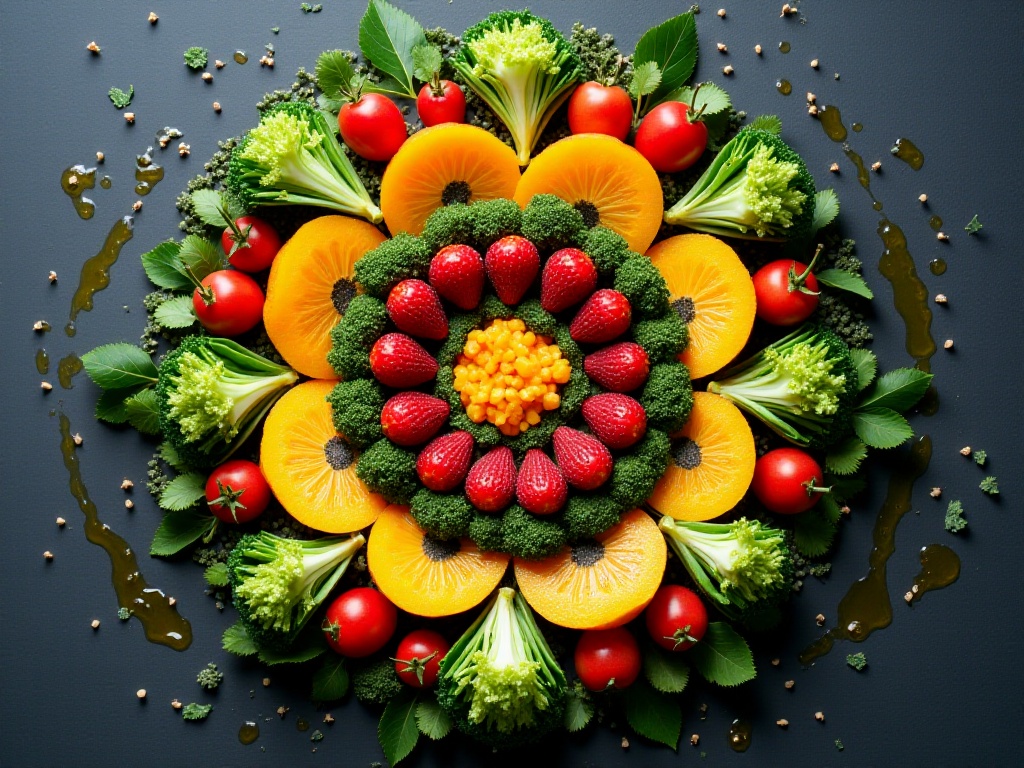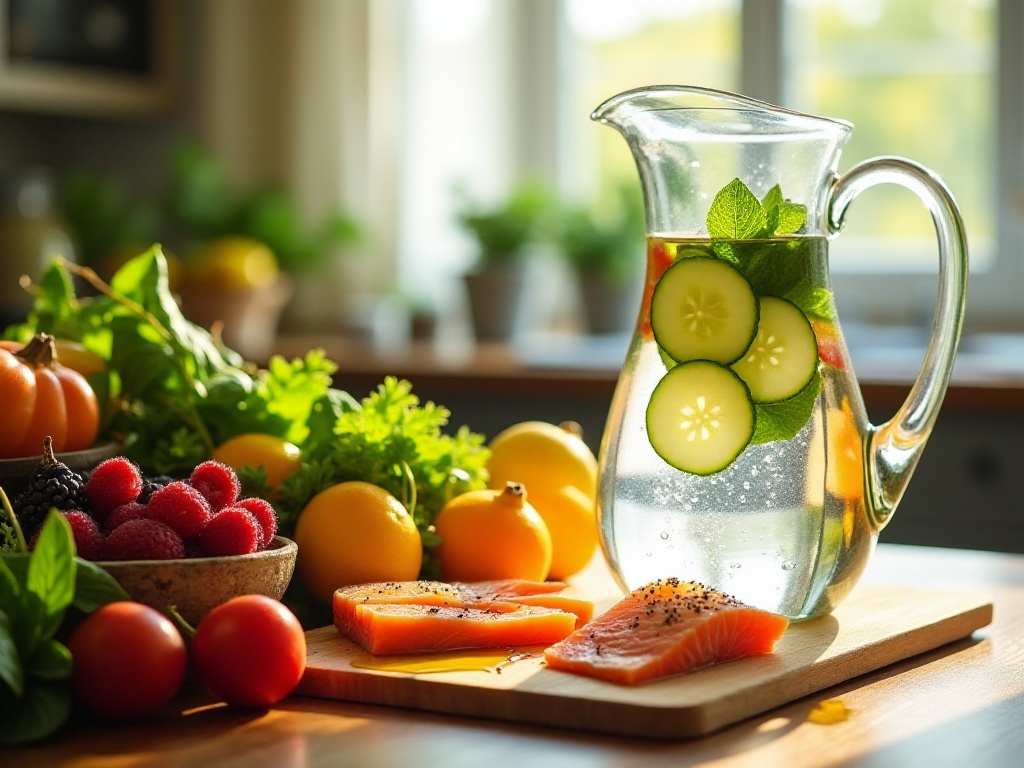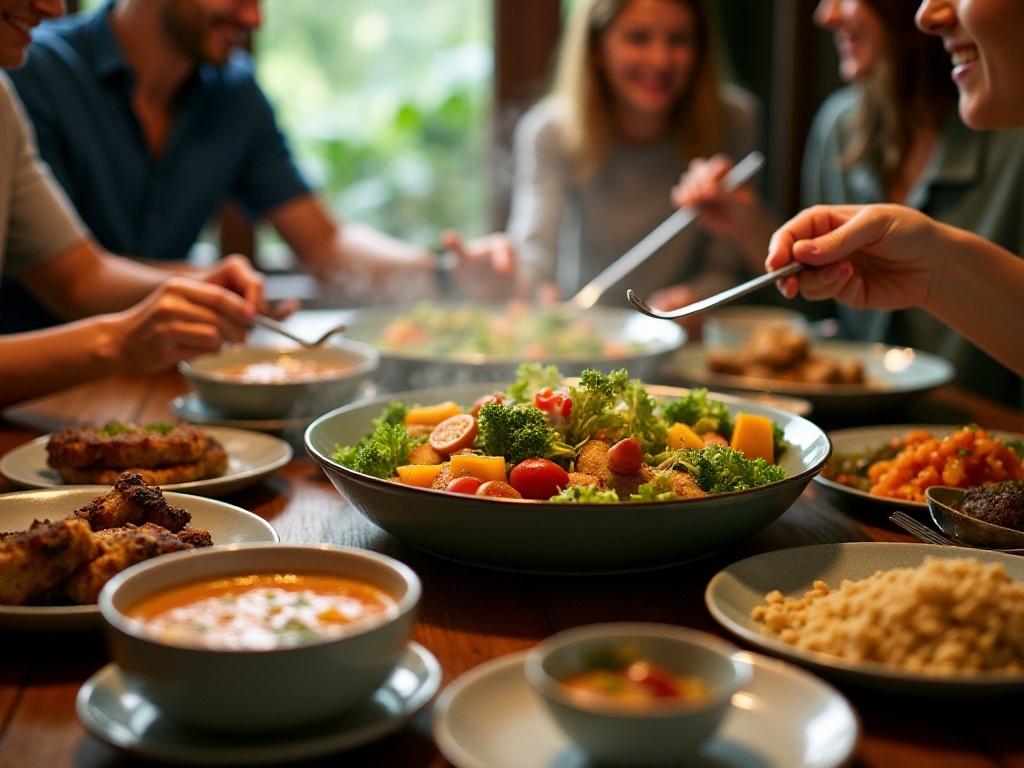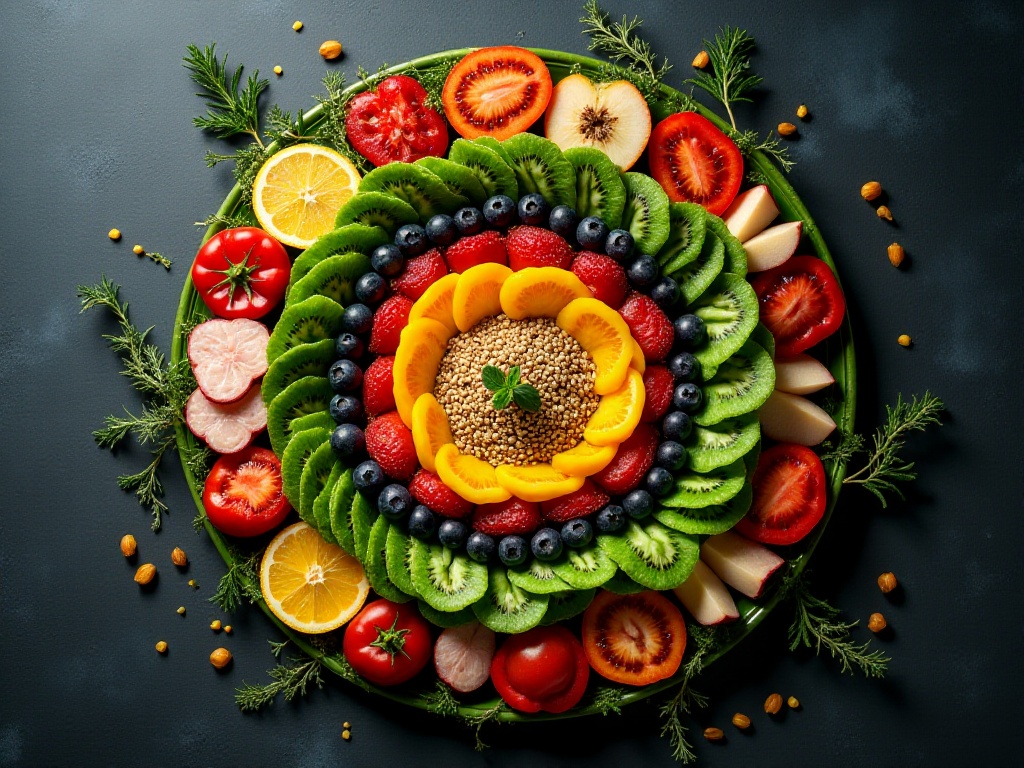Introduction
As a food enthusiast born after 1995, I understand how challenging it is to maintain a healthy diet in today's fast-paced life. While food delivery apps tempt us with countless delicious options, we worry about the impact on our health. After years of exploration and practice, I've finally found a method that helps me eat healthily without too much hassle. Today, I'd like to share how you can easily manage three meals a day even with a hectic schedule.
Nutritional Balance
When it comes to healthy eating, many people's first reaction might be: "Oh no, do I have to eat boiled broccoli again?" or "Do I have to munch on lettuce salads every day?" Don't panic - healthy eating isn't about living like an ascetic. The food we eat daily is like creating a symphony, requiring perfect harmony of various nutrients to compose the most beautiful melody.
Speaking of carbohydrates, many people treat them as a menace, fearing that even one extra bite of rice will cause weight gain. Actually, when you choose the right carbohydrates, they won't make you fat and can help maintain a good figure. The key is to choose whole grains like brown rice, oats, and quinoa. I remember being resistant to brown rice at first, finding the texture rough, but gradually fell in love with its chewiness. Now I often pair brown rice with various side dishes, feeling both satisfied and full.
As for fruits and vegetables, they're the pillars of healthy eating. It's recommended to eat at least 500g daily - sounds like a lot, right? Actually, it's not difficult. For example, have a fruit salad for breakfast, stir-fried vegetables for lunch and dinner, and an apple or carrot sticks for snacks, and you'll reach the goal without even noticing. My tip is to wash and cut vegetables during weekend grocery shopping and store them in containers. This makes it convenient to stir-fry whenever you want to eat.

Control Techniques
The hardest part of dietary control is managing what you eat, especially salt and sugar intake. Honestly, I also found bland food very unpalatable at first, but after persisting for a while, my taste buds adapted, and I began to find my previous diet too salty and greasy.
The recommended daily salt intake should not exceed 6g, but you might not realize that many foods we eat contain hidden amounts. For instance, a regular bowl of beef noodle soup might contain 3-4g of salt just in the broth. That's why I rarely eat instant noodles now and prefer cooking my own noodles, controlling the amount of salt to my liking.
Sugar control is also a major project. These days, a single bubble tea can contain 30-40g of sugar, almost the entire recommended daily intake. I've switched to sugar-free tea, and when I crave something sweet, I make fruit-infused water at home. Combining lemon slices, blueberries, and mint leaves not only quenches thirst healthily but also looks great in social media photos.

Practical Guide
After all this theory, let's get to some practical guidelines. First is shopping, which is the first step to healthy eating. I've developed a habit of making shopping lists every Sunday night, listing and categorizing all ingredients needed for the next week. This prevents being tempted by promotions and buying excess items at the supermarket.
My shopping list typically includes these categories: Staples: Brown rice, oats, whole wheat bread, etc. Proteins: Chicken breast, eggs, tofu, fish, etc. Vegetables: Broccoli, spinach, carrots, etc. Fruits: Apples, bananas, oranges, etc. Seasonings: Olive oil, soy sauce, vinegar, etc.

Developing Habits
Developing healthy eating habits takes time; it took me about half a year to truly adapt. Initially, I was often tempted by various foods, especially during gatherings with friends when I could only eat boiled vegetables while watching others feast - it was really tough.
But gradually, I noticed an amazing change. Foods I used to find delicious now taste too rich, while I've learned to appreciate the natural flavors of lightly seasoned ingredients. This change isn't just about taste but also about mindset.

Friendly Reminders
Everyone's physique and lifestyle are different, so healthy eating practices will vary. Some people may have food allergies, while others might not be able to eat at regular times due to work - these all require adjustments based on individual circumstances.
If you have specific health issues like hypertension or diabetes, always consult your doctor first. Some seemingly healthy foods might not be suitable for certain groups.

Conclusion and Outlook
After all this discussion, the core of healthy eating is: balance, moderation, and consistency. It's not just about physical health but affects our quality of life. Through proper planning and preparation, it's entirely possible to eat healthily even with a busy lifestyle.
Today's young people face considerable pressure, with busy work and fast-paced lives making it easy to neglect dietary health. But health is truly the most important capital - without good health, all efforts might be in vain. So I hope those reading this article will start paying attention to their dietary health.
Change doesn't have to wait until tomorrow; it can start with your next meal. It might seem troublesome and difficult at first, but once you develop the habit, you'll find that healthy eating can be simple and delicious.
Let's work together for a healthier life and a better self!







